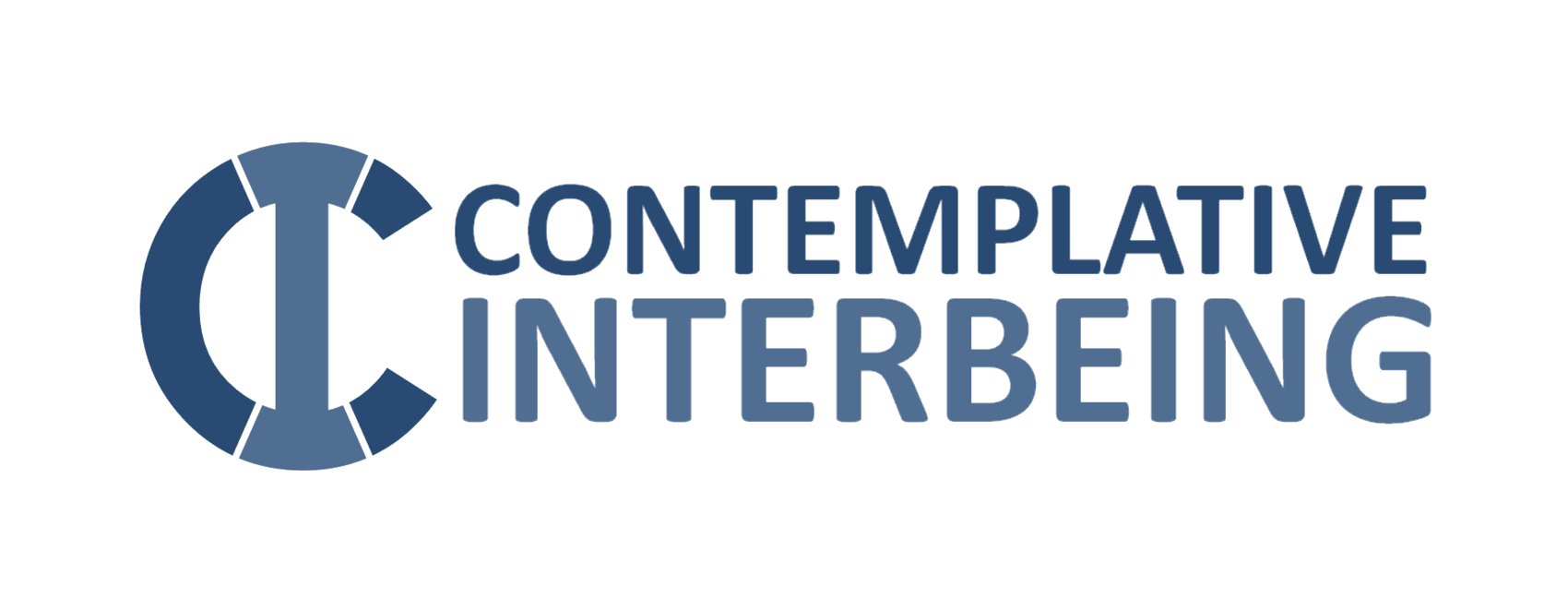Boats on a River
Most people have never actually met themselves. At every moment, all our lives long, we identify with our thoughts, our self-image, or our feelings. We have to find a way to get behind this view of ourselves to discover the face we had before we were born. We must discover who we are in God, who we’ve always been—long before we did anything right or anything wrong. This is the first goal of contemplation.
Imagine you are sitting on the bank of a river. Boats and ships—thoughts, feelings, and sensations—are sailing past. While the stream flows by your inner eye, name each of these vessels. For example, one of the boats could be called “my anxiety about tomorrow.” Or along comes the ship “objections to my husband” or the boat “I don’t do that well.” Every judgment that you pass is one of those boats. Take the time to give each one of them a name, and then let them move on down the river.
This can be a difficult exercise because you’re used to jumping aboard the boats—your thoughts—immediately. As soon as you own a boat and identify with it, it picks up energy. This is a practice in un-possessing, detaching, letting go. With every idea, with every image that comes into your head, say, “No, I’m not that; I don’t need that; that’s not me.”
Sometimes, a boat turns around and heads back upstream to demand your attention again. Habitual thoughts are hard to not be hooked by. Sometimes you feel the need to torpedo your boats. But don’t attack them. Don’t hate them or condemn them. This is also an exercise in nonviolence. The point is to recognize your thoughts, which are not you, and to say, “That’s not necessary; I don’t need that.” But do it very amiably. If you learn to handle your own soul tenderly and lovingly, you’ll be able to carry this same loving wisdom out into the world.
